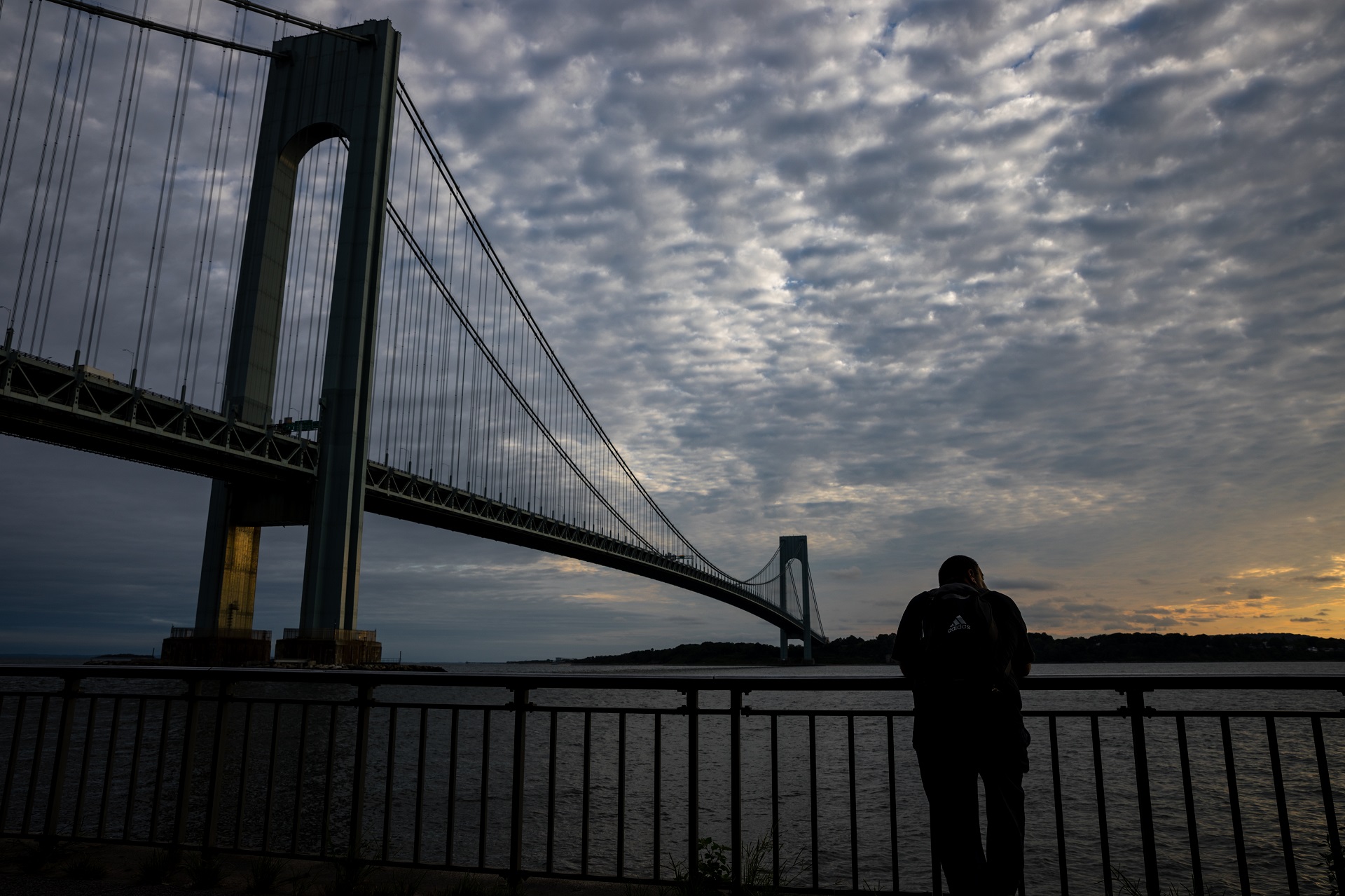Bay Ridge education council charges state bias toward charter schools
Capture.PNG
On the night before a planned protest march by parents to Governor Andrew Cuomo’s midtown Manhattan office, members of a Bay Ridge education panel went on record in opposition to the new state budget, charging that the state has a bias in favor of charter schools.
The Community Education Council (CEC) of School District 20 voted unanimously on April 9 to oppose the education provisions in the state budget. CEC members said the state is increasing funding to charter schools at the expense of traditional public schools.
“The funding formula isn’t fair. It just isn’t,” CEC 20 President Laurie Windsor told the Brooklyn Eagle.
